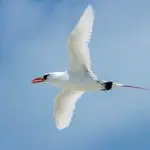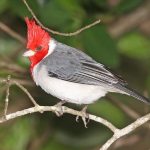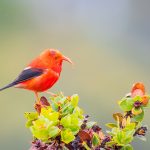If you’re a birdwatching enthusiast, Hawaii is a great destination to add to your list. The beautiful islands are home to a variety of rare and unique bird species that you won’t find anywhere else in the world. Hawaii’s diverse landscapes, from lush forests to volcanic craters, provide a perfect habitat for a wide range of bird species. So, when is the best time to plan your birding trip to Hawaii, that’s what we cover in this article?
However, birdwatching in Hawaii can be enjoyed year-round. Spring and summer months, from March to August, are great for spotting migratory birds like Pacific Golden Plover and Bristle-thighed Curlew.
Fall months, from September to November, are ideal for observing the native forest birds, as well as the seabirds that start to return to the islands for nesting season.
Best Time of Year for Birding in Hawaii
The best time of year for birdwatching in Hawaii is generally during the winter months of February through April. During this time, you can spot a number of seabirds, such as Laysan Albatross and Black-footed Albatross, as well as rare native birds like Hawaiian Honeycreepers and the endangered Hawaiian Goose, also known as the Nene.
This period offers a unique opportunity for birdwatchers, as it coincides with the peak breeding season for many of Hawaii’s native and endemic birds, making them more active and visible.
Additionally, this time frame overlaps with the migration season for numerous seabirds and shorebirds, which pass through or winter in Hawaii, adding to the diversity of species that can be observed.
The combination of breeding activities among resident species and the presence of migratory birds visiting the islands makes February to April an ideal window for birdwatchers seeking to maximize their chances of spotting a wide variety of species.
However, it is essential to consider that weather conditions, such as rainfall, can vary across the islands and may influence bird activity, so it is always a good idea to be flexible with your itinerary and plans when visiting Hawaii for birdwatching.
Hawaii’s Birding Seasons
If you’re planning a birding trip to Hawaii, it’s important to know the best time of year to go. Different seasons bring different bird species, and some months are better for birding than others. Here’s a breakdown of Hawaii’s birding seasons:
Winter (December-February)

Winter is a great time to see migratory birds in Hawaii. Many species of shorebirds, waterfowl, and songbirds visit the islands during this time. Look for the Pacific golden-plover, the wandering tattler, and the ruddy turnstone on the beaches.
In the forests, you might spot the yellow-fronted canary, the white-rumped shama, and the Japanese bush warbler. Winter is also a good time to see seabirds like the Laysan albatross and the black-footed albatross.
The best time of year to see the birds of prey in Hawaii is also during the winter months, particularly from November to February. During this time, these raptors in Hawaii are more active and visible as they migrate or search for food in the cooler weather.
Spring (March-May)
Spring is nesting season for many of Hawaii’s bird species. You’ll see birds building nests, laying eggs, and raising their chicks. Look for the Hawaiian goose, the Hawaiian coot, and the Hawaiian duck in wetlands and marshes.
In the forests, you might spot the ‘apapane, the ‘amakihi, and the i’iwi. Spring is also a good time to see seabirds like the red-tailed tropicbird and the wedge-tailed shearwater.
Summer (June-August)
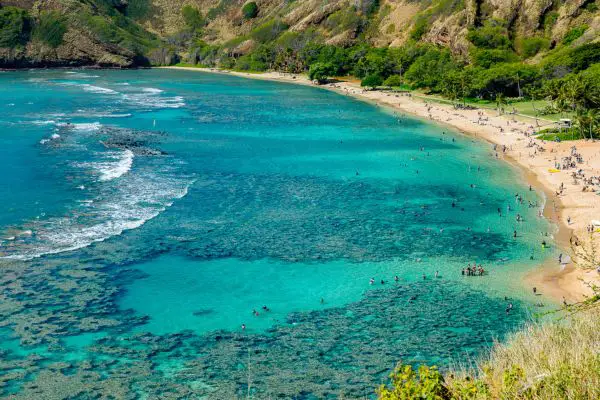
Summer is the busiest time of year for tourists in Hawaii, but it’s also a good time for birding. You’ll see many of the same species as in spring, but you might also see some new arrivals.
Also look for the Pacific golden-plover, the wandering tattler, and the ruddy turnstone on the beaches. In the forests, you might spot the ‘elepaio, the ‘oma’o, and the yellow-billed cardinal. Summer is also a good time to see seabirds like the brown booby and the red-footed booby.
Fall (September-November)
Fall is the time when many of Hawaii’s native plants start to produce fruit, which attracts birds that feed on them. Look for the Hawaiian honeycreeper, the ‘akiapola’au, and the ‘elepaio in the forests.
In wetlands and marshes, you might spot the Hawaiian stilt, the Hawaiian coot, and the black-crowned night-heron. Fall is also a good time to see seabirds like the masked booby and the great frigatebird.
4 Popular Birding Hotspots in Hawaii
1. Haleakala National Park
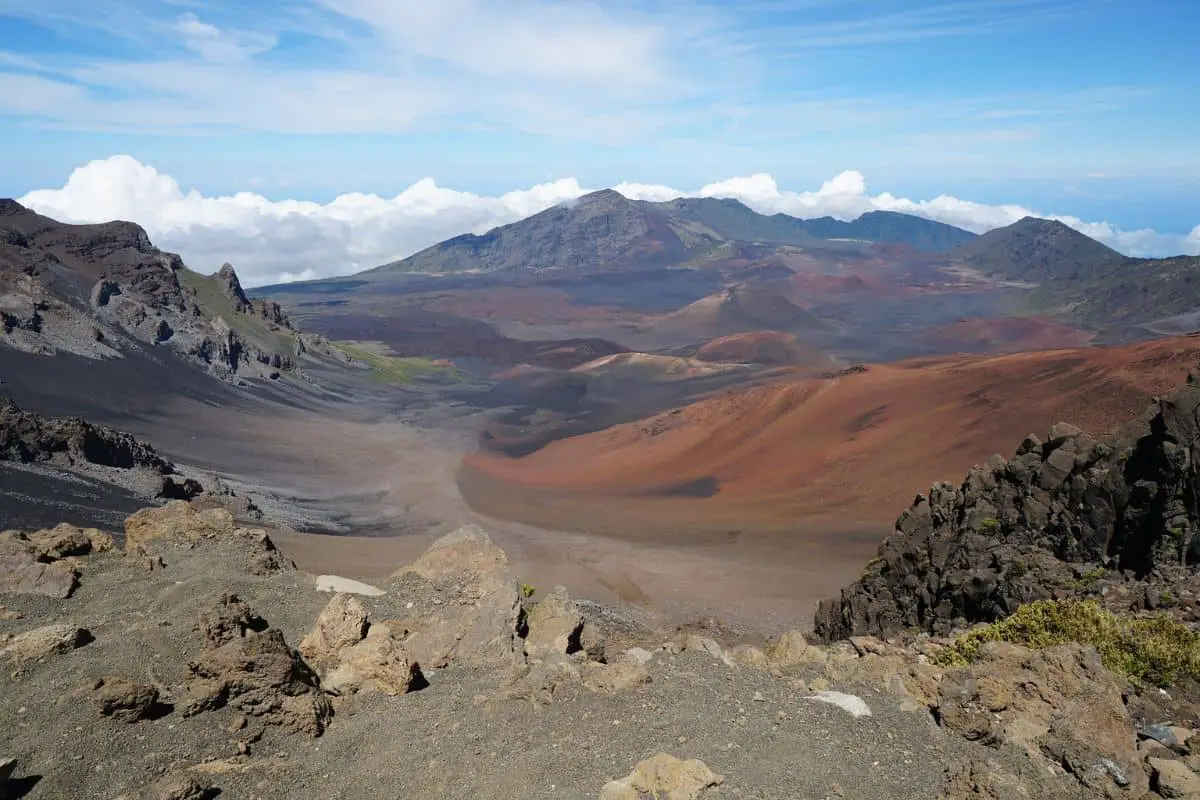
If you want to see the endangered Hawaiian goose, or nene, Haleakala National Park on Maui is the place to be. You can also spot the Hawaiian petrel, or ua’u, and the Maui parrotbill. The best time to visit is from April to June when the birds are nesting.
At the summit of the Haleakala volcano, you can see the Hawaiian honeycreeper, or i’iwi, and the Maui Alauahio. The best time to see these birds is from June to August.
2. Hakalau Forest National Wildlife Refuge
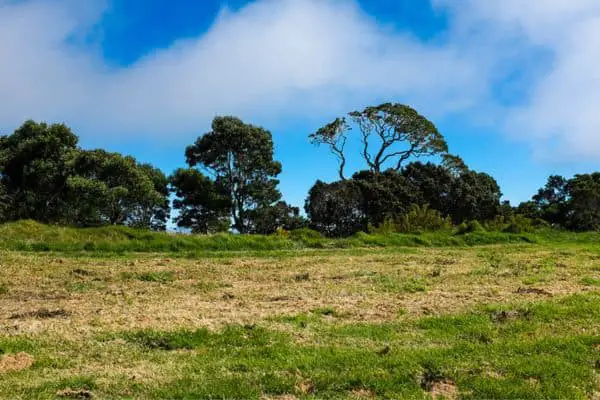
The Hakalau Forest National Wildlife Refuge on the Big Island is home to a variety of native birds, including the once endangered Hawaiian hawk, or io, and the Hawaii creeper. The best time to visit is from September to November when the birds are active and vocal.
The refuge also has a large population of the Hawaii akepa, a small honeycreeper with a distinctive orange bill. The best time to see them is from December to February.
3. Kilauea Point National Wildlife Refuge
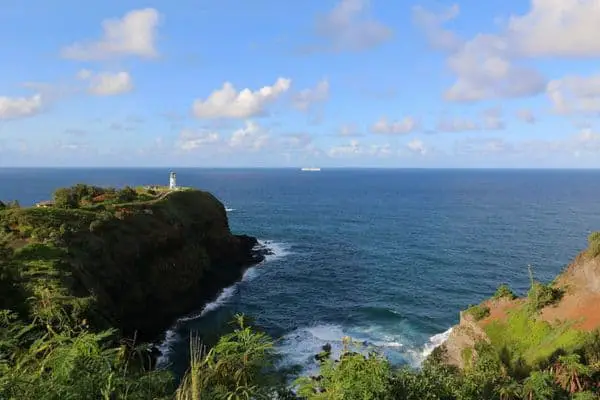
The Kilauea Point National Wildlife Refuge on Kauai is a great place to see seabirds, including the red-footed booby, the Laysan albatross, and the wedge-tailed shearwater. The best time to visit is from November to February when the birds are nesting.
The refuge also has a resident population of the endangered Hawaiian goose. You can see them year-round.
4. Waimea Canyon State Park

The Waimea Canyon State Park on Kauai is known for its stunning views of the canyon, but it’s also a great place to see the Kauai Amakihi, a small green bird with a curved bill. The best time to visit is from October to December when the birds are breeding.
You may also spot the Apapane, a red honeycreeper, and the I’iwi. The best time to see them is from December to May.
Tips for Birding in Hawaii
1. Hire a Local Guide
If you’re new to birding in Hawaii, hiring a local guide can be a great way to get started. A guide can help you find the best spots for birding, identify different species of birds, and offer insights into the local wildlife.
Local guides can also help you navigate the terrain and find birds that may be hiding in the dense vegetation. Many guides offer half-day or full-day tours, and some even specialize in birding tours.
2. Bring the Right Gear
To make the most of your birding experience in Hawaii, it’s important to bring the right gear. A good pair of binoculars is essential for spotting birds in the trees and bushes.
A camera with a telephoto lens can also be useful for capturing images of birds in flight. Other useful items to bring include a birding field guide, a hat, sunscreen, insect repellent, and comfortable walking shoes. Be sure to pack plenty of water and snacks, especially if you plan to spend the whole day birding.
3. Be Respectful of Wildlife
When birding in Hawaii, it’s important to be respectful of the local wildlife. Avoid disturbing nesting birds or their young, and keep a safe distance from birds of prey.
Be mindful of your noise level and avoid making loud noises that could scare away birds. Never feed wild birds, as this can disrupt their natural feeding patterns and lead to health problems. Always follow posted signs and stay on designated trails to avoid damaging sensitive habitats.
4. Stay Safe
When birding in Hawaii, it’s important to stay safe. Be aware of your surroundings and watch for hazards such as steep cliffs, slippery rocks, and rough terrain. Always carry a fully charged cell phone and let someone know where you’re going and when you plan to return.
If you’re birding in a remote area, consider bringing a GPS device or map and compass to help you navigate. And always be prepared for changing weather conditions, as Hawaii’s weather can be unpredictable.



